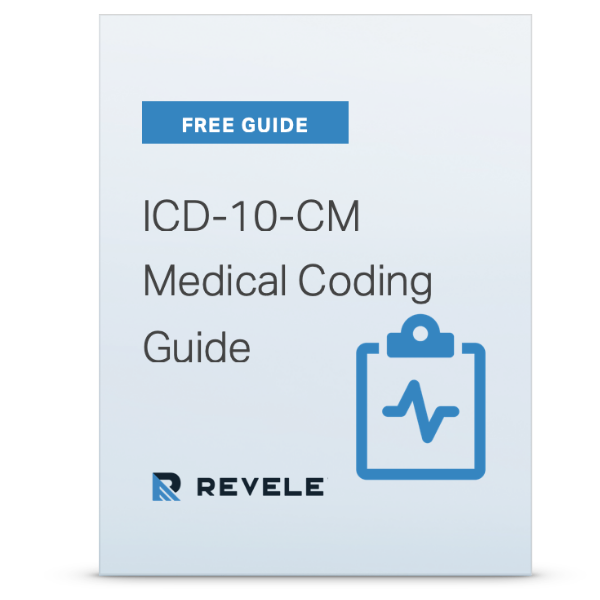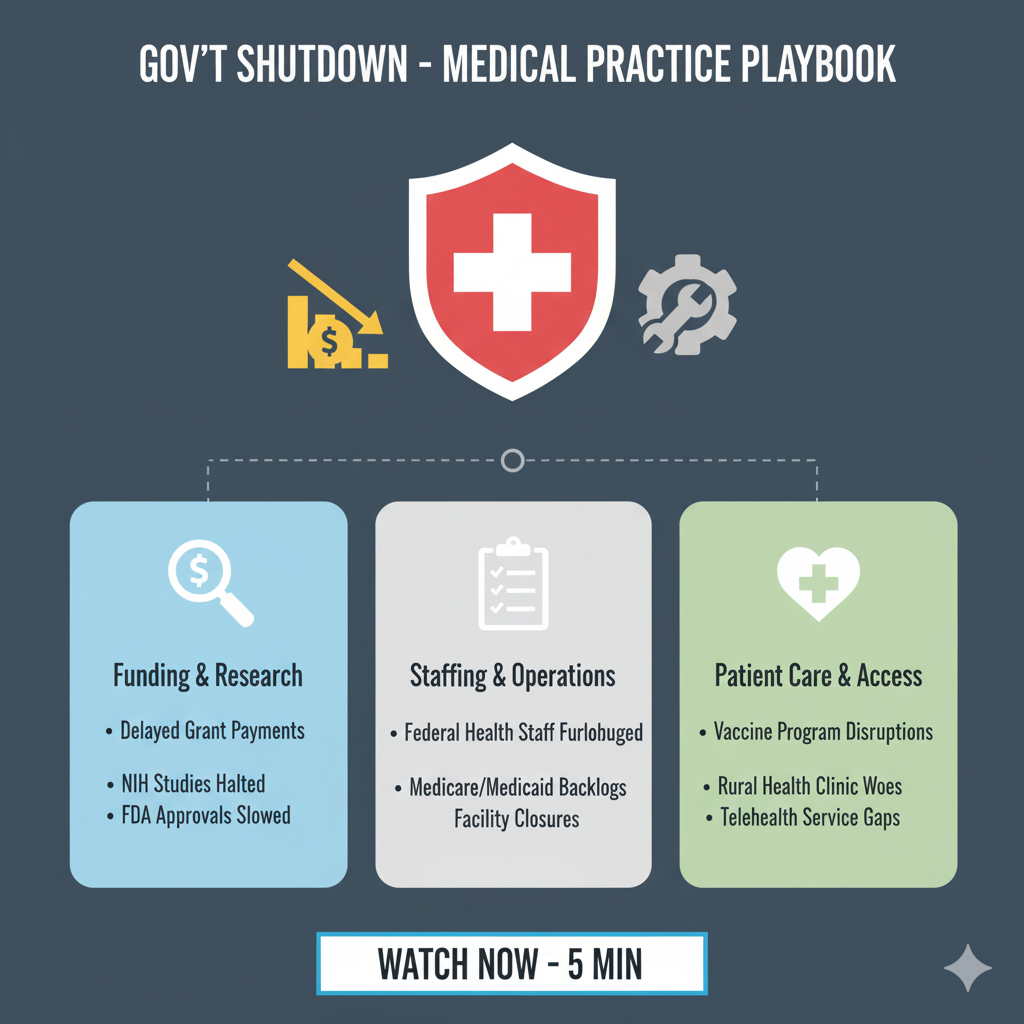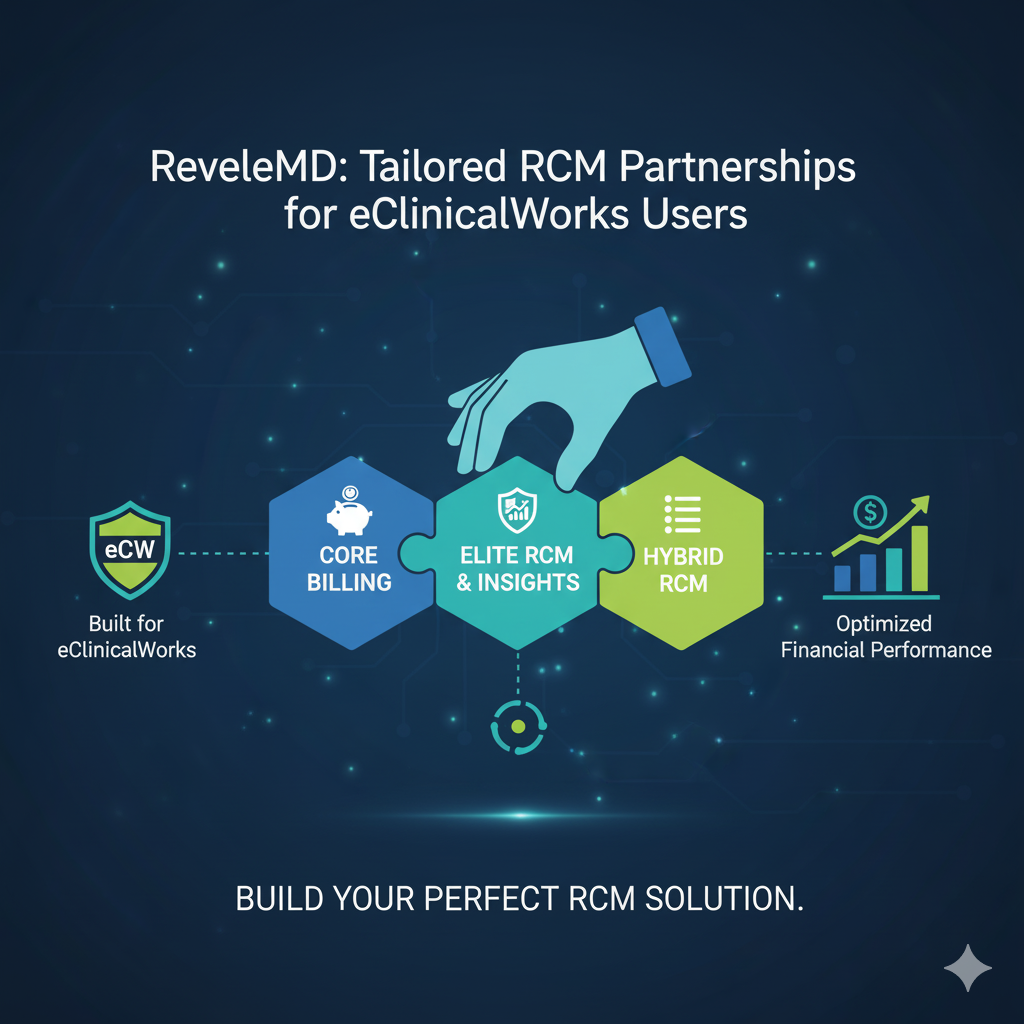Understanding how your practice is following up on denied and rejected claims is critical to the success of your revenue cycle management.
1. Denied Insurance Claims Are Unpayable
Denied claims have been deemed unpayable by an insurance company. Usually, insurers explain why a claim was denied in the explanation of benefits (EOB) statement associated with the claim. Missing information, billing errors, and questions about patient coverage are some of the main reasons claims are denied. However, denied claims can be appealed successfully in some cases. Clearly, it is better to avoid them in the first place, though.
2. Errors Cause Rejected Claims
Rejected claims are sent back because of errors, not because the insurer concluded they were unpayable. For example, if your medical billing software provides incorrect information that your billing staff doesn't catch, the claim will be rejected. Correcting errors and resubmitting rejected claims is common, but as with denied insurance claims, preventing claim rejections in the first place is the preferable option.
3. Common Errors With Denials and Rejections
Something as simple as incorrect medical provider information can result in a rejected claim, as can incorrect patient information. When an incorrect diagnosis or point-of-service code is entered into medical billing software, a claim can end up with errors. Also, treatment and diagnosis codes that don't match properly can result in claim rejections or denials. Insurers are exacting about their requirements, and medical billing software that can work with the demands of different insurers can provide a measurable return on investment by increasing clean claims.
4. How to Discover and Correct Errors Quickly
Good communication between medical billing and coding staff and clinicians is essential to ensuring the right codes are put on claim forms. Keeping the lines of communication between the practice and insurers can be effective, too. Verifying patient coverage when an appointment is made, or at least during patient sign-in, can prevent errors caused by patient contact information changes or changes in insurance coverage. Vigilance at every step, from appointment booking through claims submission is necessary to hold down error rates.
5. Why You Should Monitor Denials and Rejections for Trends
If there is an unexpected uptick in denials and rejections, taking the time to assess what's going on and see if there are trends is important. You may find, for example, that claims with one particular insurer are rejected more often. Or you may find that a particular diagnosis code leads to more rejections. A simple change in insurer requirements that goes unnoticed could be responsible for an increase in rejected claims, and uncovering that reason can help you quickly and substantially increase your clean claims rate.
How Your Medical Billing Software Can Help
The best medical billing software for your practice works with your established workflows and is integrated with your EMR. It should accelerate the billing process while providing accurate information for insurance claims and patient out-of-pocket charges. Even if your medical billing software is known for being easy to use, investing in training is still wise, so staff members can learn to use all the helpful features and make the most of the investment. Exceptional medical billing software, combined with training and a conscientious staff can go a long way to reducing the number of denied and rejected claims your practice deals with.
end-to-end rcm solution
Demand more from your revenue cycle.
Our integrated solution brings together robust data, intelligent claim handling, and performance consulting to guarantee a 10% increase in cash flow.








